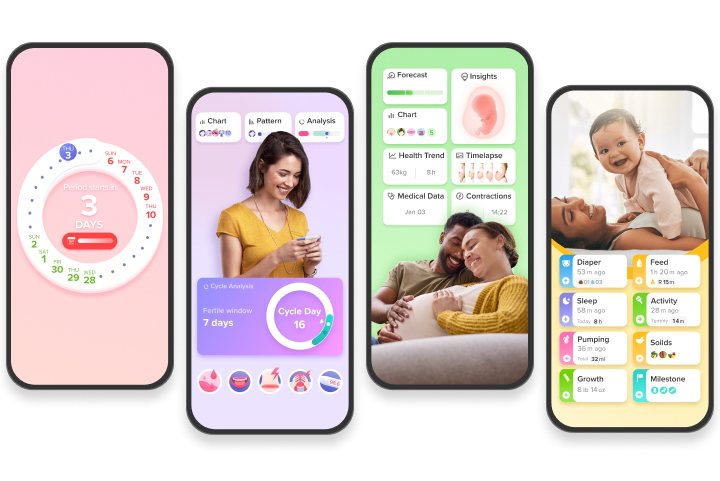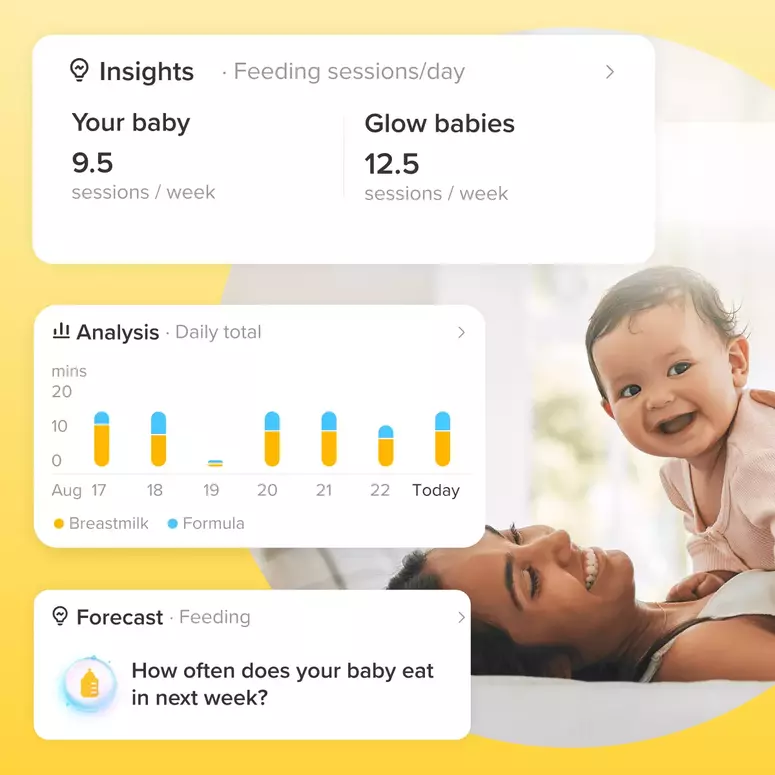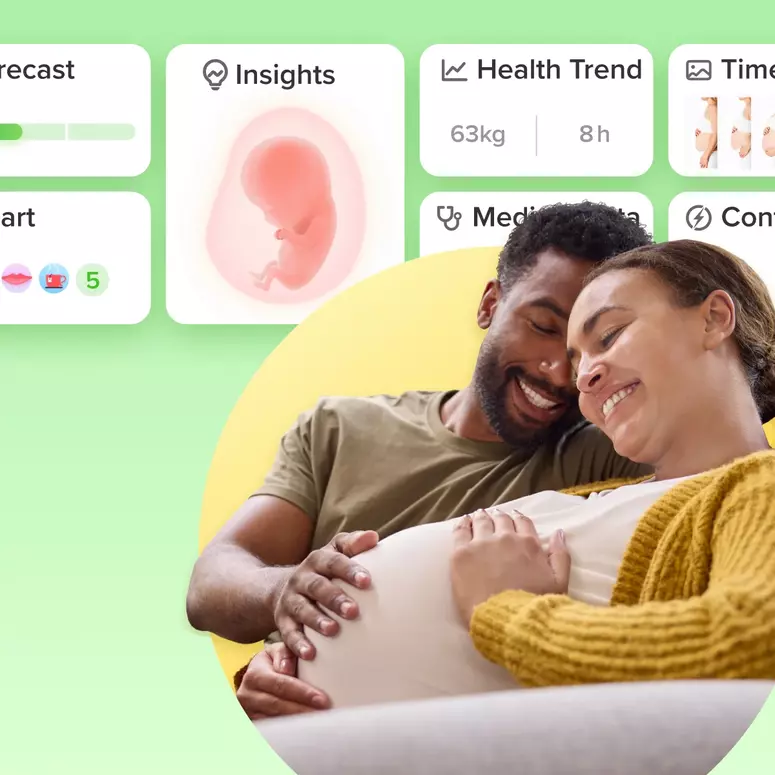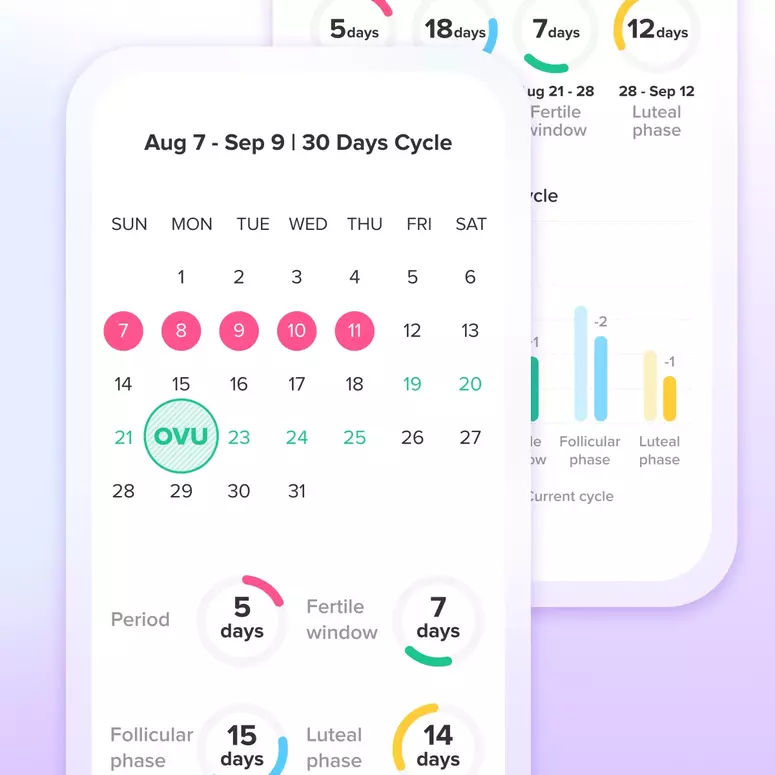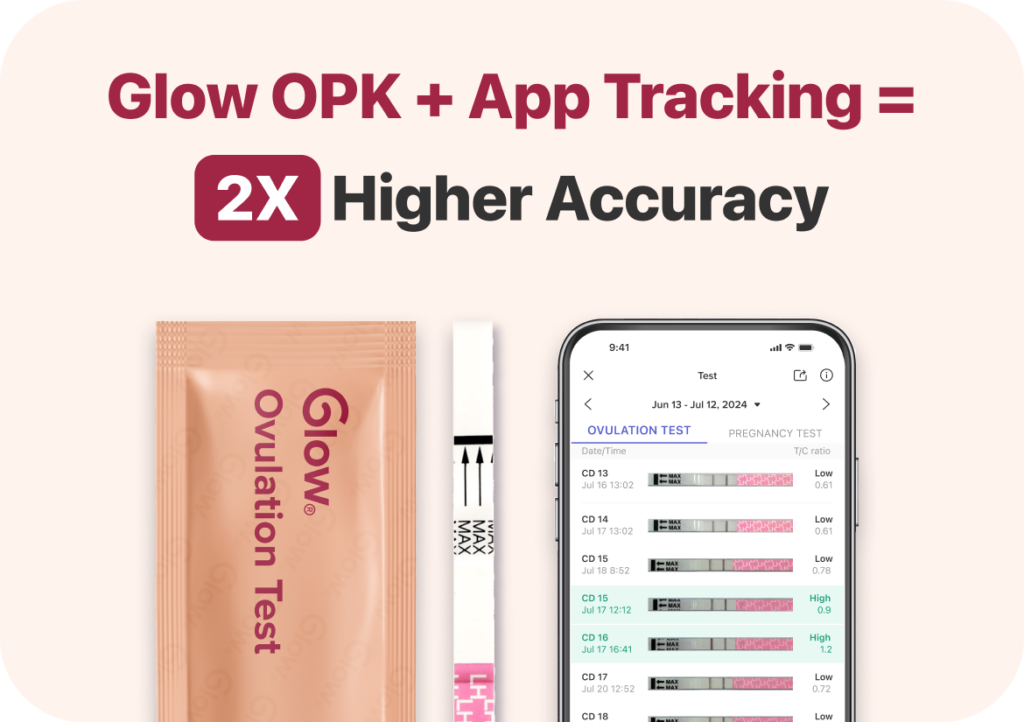
How do ovulation tests work?
The LH (Luteinizing Hormone) in a woman’s urine increases sharply in the middle of the menstrual cycle. This surge triggers ovulation, the release of an egg. According to WHO experts, LH testing reliably detects ovulation. Ovulation occurs 24-48 hours after a positive test.
The ovulation test contains antibodies that specifically react with LH. When dipped in a urine sample, the urine moves along the strip. One line is the control line and the second line shows whether you are ovulating or not. The test line will be as dark or darker than the control line when the LH peak (positive) is detected.

Glow Test Strips Bundle
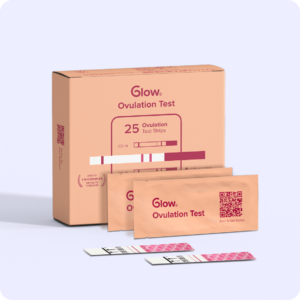
Glow Ovulation Test
When should I take an ovulation test?
You can take an ovulation test at any time of day. Unlike a pregnancy test, it isn’t necessary to take your ovulation test in the morning. However, you should test at approximately the same time each day. Drinking excessive amounts of liquid can dilute the LH in your urine, so it’s best to reduce your liquid intake for two hours before testing.
How to use ovulation tests:
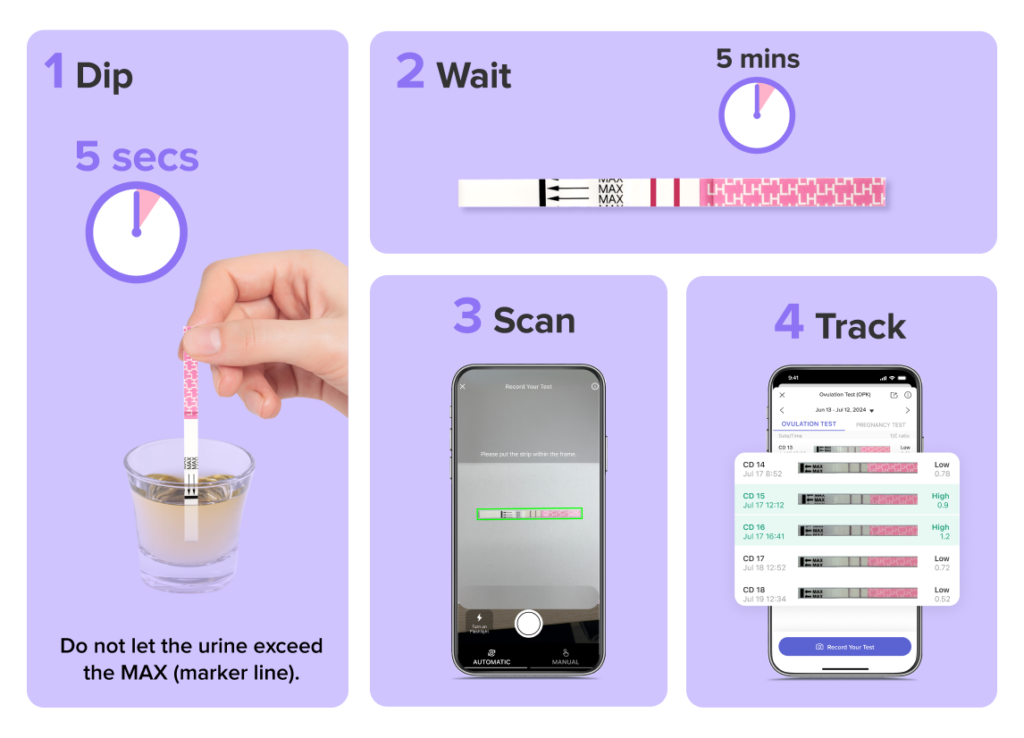
What does T/C ratio mean?
- The T/C ratio stands for Test line (T) to Control line (C) ratio. It’s a measurement used to determine the surge in Luteinizing Hormone (LH) that precedes ovulation. The change in the T/C ratio indicates the increase or decrease of LH levels.
- T/C ratios of <0.5 indicate low levels of LH activity, >0.5 indicates some level of LH activity that is approaching the LH peak surge, and a ratio of 1 indicates the strongest LH surge or peak activity.
Need more information? Click here for our comprehensive instruction manual.
 App
App  GooglePlay
GooglePlay